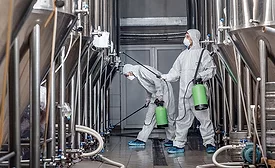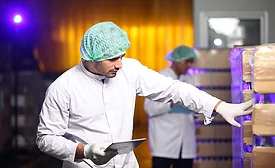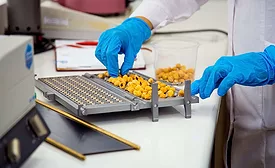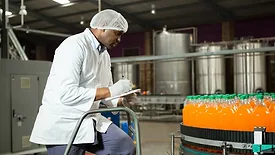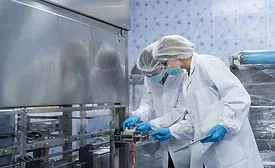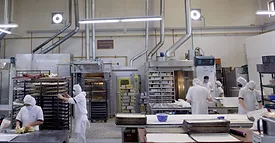Richard F. Stier, M.S.
Richard F. Stier, M.S. is a consulting food scientist who has helped food processors develop safety, quality and sanitation programs. He believes in emphasizing the importance of how these programs can help companies increase profits. Stier holds degrees in food science from Rutgers University and the University of California at Davis. He is also a member of the Editorial Advisory Board of Food Safety Magazine.
ARTICLES
Every food processing facility must properly develop, document, implement, and maintain a chemical program
Read More
Fundamentals of a Retain Sample Program
A retain sample program ensures that production samples from each lot of product manufactured are retained onsite
June 18, 2025
Facilities Focus: Manage Your Physical Plant as a Prerequisite
Failure to properly manage and maintain your physical plant can result in foodborne illness, recalls, and even plant closures
December 11, 2024
Never miss the latest news and trends driving the food safety industry
eNewsletter | Website | eMagazine
JOIN TODAY!Copyright ©2025. All Rights Reserved BNP Media.
Design, CMS, Hosting & Web Development :: ePublishing

